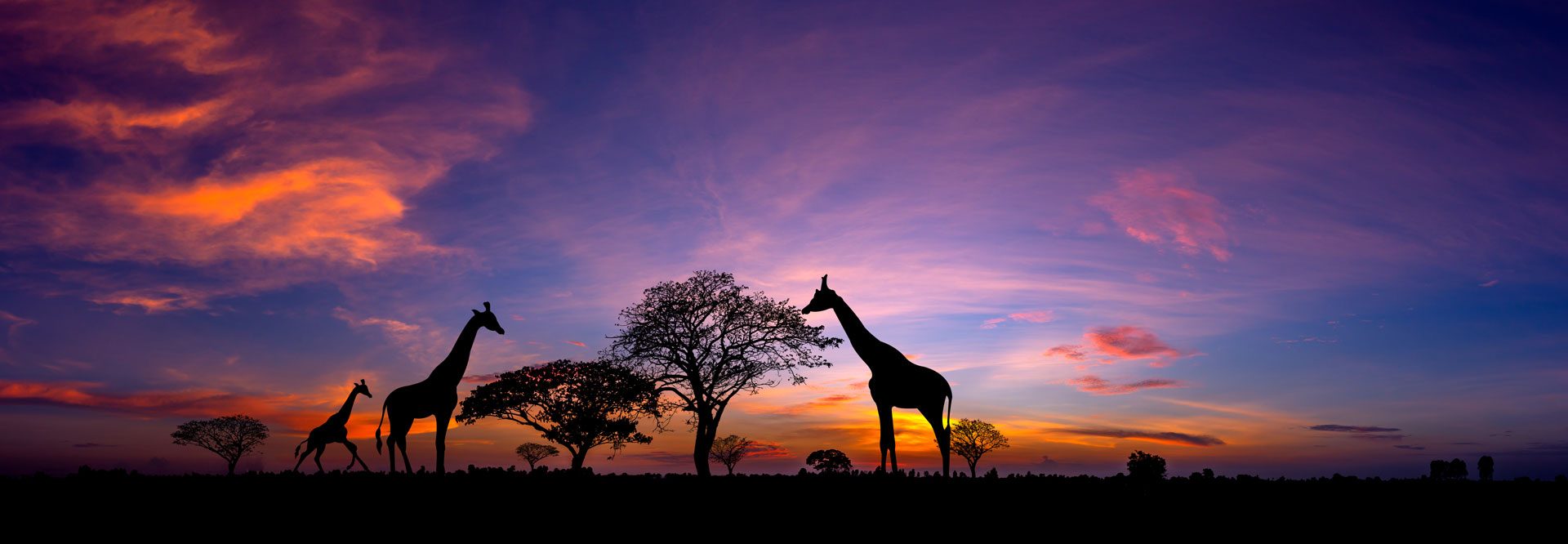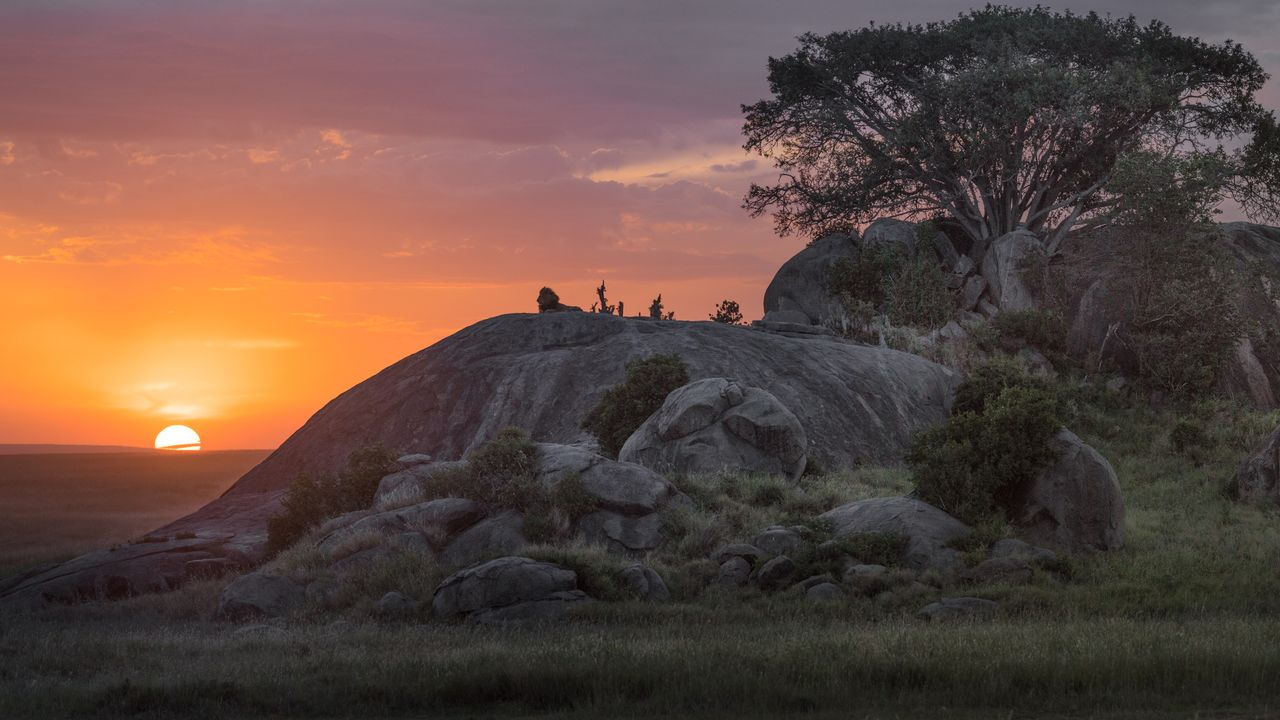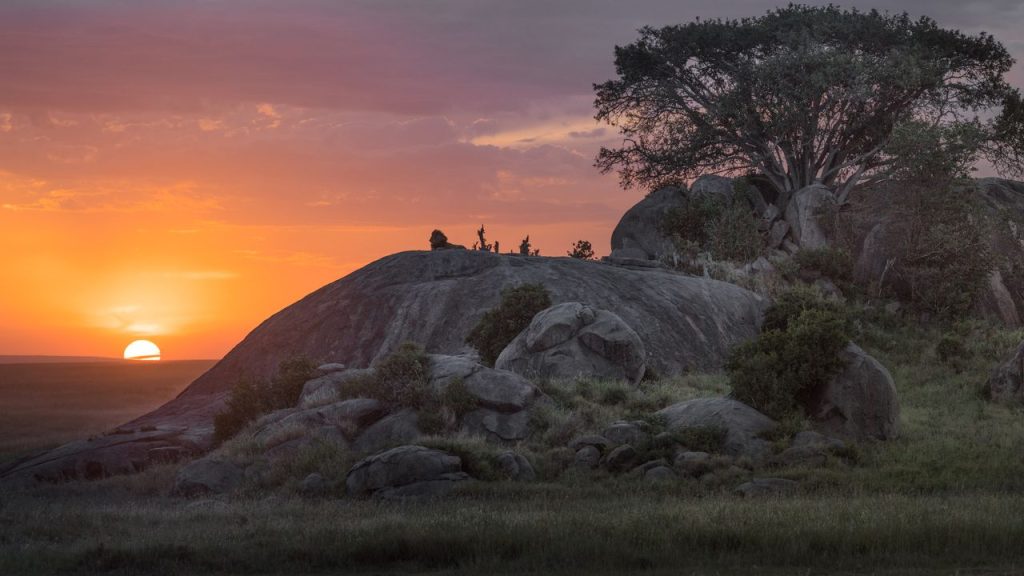Mount Kilimanjaro Trek: A Guide to Kilimanjaro Routes, Altitude, and Porters
Mount Kilimanjaro is the highest peak in Africa and one of the most popular trekking destinations in the world. Located in Tanzania, Kilimanjaro attracts thousands of visitors every year who come to challenge themselves and experience the beauty of the African wilderness. However, trekking Kilimanjaro is not an easy feat. It requires careful planning, physical fitness, and knowledge of the different Kilimanjaro routes, altitude, and porters. In this post, we will provide you with a comprehensive guide to trekking Mount Kilimanjaro.
Kilimanjaro Routes
There are several Kilimanjaro routes to choose from, each with its own unique features and challenges. The most popular routes are:
1. Marangu Route: This is the oldest and most established route on Kilimanjaro. It is also known as the “Coca-Cola” route as it is the only route that offers sleeping huts along the way. The Marangu route is the easiest and shortest route to the summit, but it has a low success rate due to its steep ascent and descent.
2. Machame Route: This is the most scenic and popular route on Kilimanjaro. It is also known as the “Whiskey” route as it is considered more challenging than the Marangu route. The Machame route offers stunning views of the Shira Plateau and the Barranco Wall. It is a longer route but has a higher success rate than the Marangu route.
3. Lemosho Route: This is the newest and most remote route on Kilimanjaro. It offers a longer trek and a more gradual ascent, which allows for better acclimatization. The Lemosho route is considered the most beautiful route on Kilimanjaro, with stunning views of the Western Breach and the Lava Tower.
4. Rongai Route: This is the only route that approaches Kilimanjaro from the north. It is a less crowded route and offers a unique perspective of the mountain. The Rongai route is a gradual ascent and has a high success rate, making it a popular choice for trekkers.
Kilimanjaro Altitude
Altitude sickness is a common problem for trekkers on Kilimanjaro. The higher you climb, the less oxygen there is in the air, which can cause headaches, nausea, and fatigue. It is important to acclimatize properly to avoid altitude sickness. This means taking your time and allowing your body to adjust to the altitude. Most Kilimanjaro routes have a gradual ascent, which allows for better acclimatization. However, it is still important to be aware of the symptoms of altitude sickness and to take appropriate measures if necessary.
Kilimanjaro Porters
Porters are an essential part of any Kilimanjaro trek. They carry your gear, set up camp, and cook your meals. It is important to choose a reputable tour company that treats its porters fairly and provides them with proper equipment and training. The Kilimanjaro Porters Assistance Project (KPAP) is an organization that works to improve the working conditions of porters on Kilimanjaro. They provide training, equipment, and advocacy for porters. When choosing a tour company, look for one that is a member of KPAP or has a good reputation for treating its porters well.
Conclusion
Trekking Mount Kilimanjaro is a challenging and rewarding experience. By choosing the right Kilimanjaro route, acclimatizing properly, and working with a reputable tour company, you can increase your chances of reaching the summit and enjoying the beauty of the African wilderness. Remember to respect the mountain and its environment, and to leave no trace behind. With proper planning and preparation, you can make your Kilimanjaro trek a once-in-a-lifetime experience.


